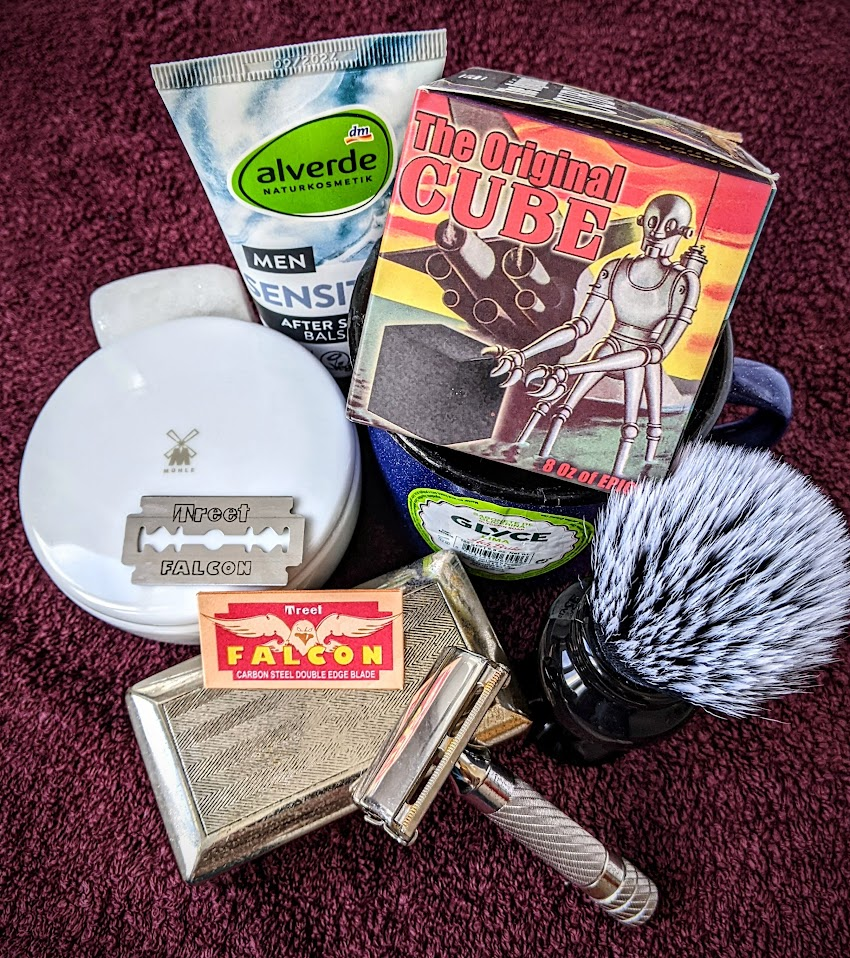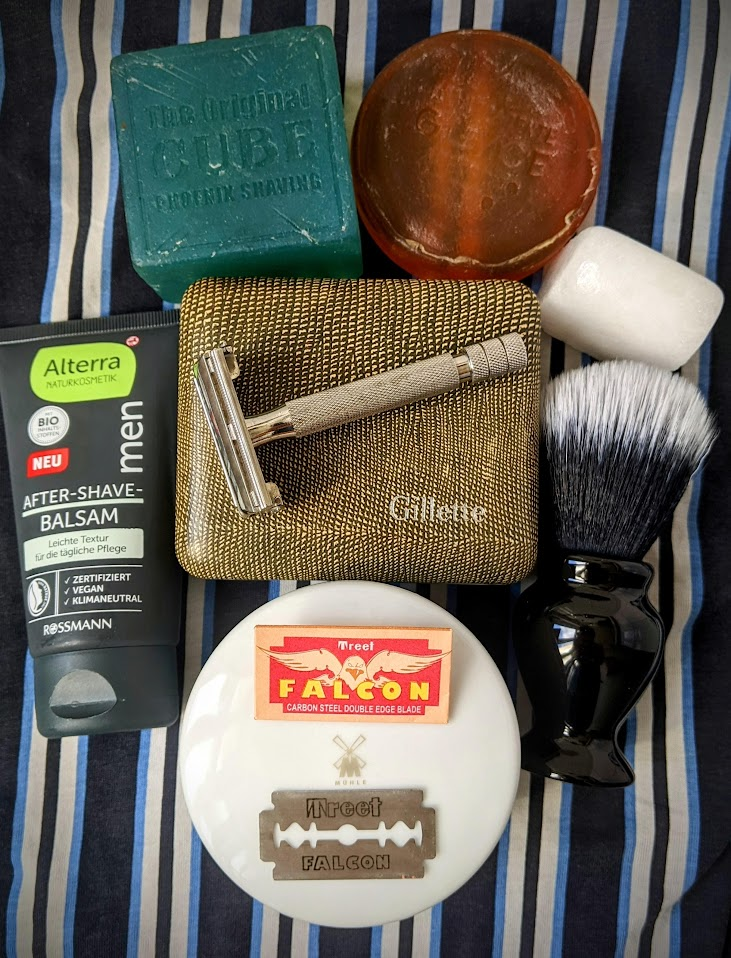- Thread starter
- #181
Treet 7 Days Platinum, Round 2:
Gillette Rocket HD ‘Herbie’
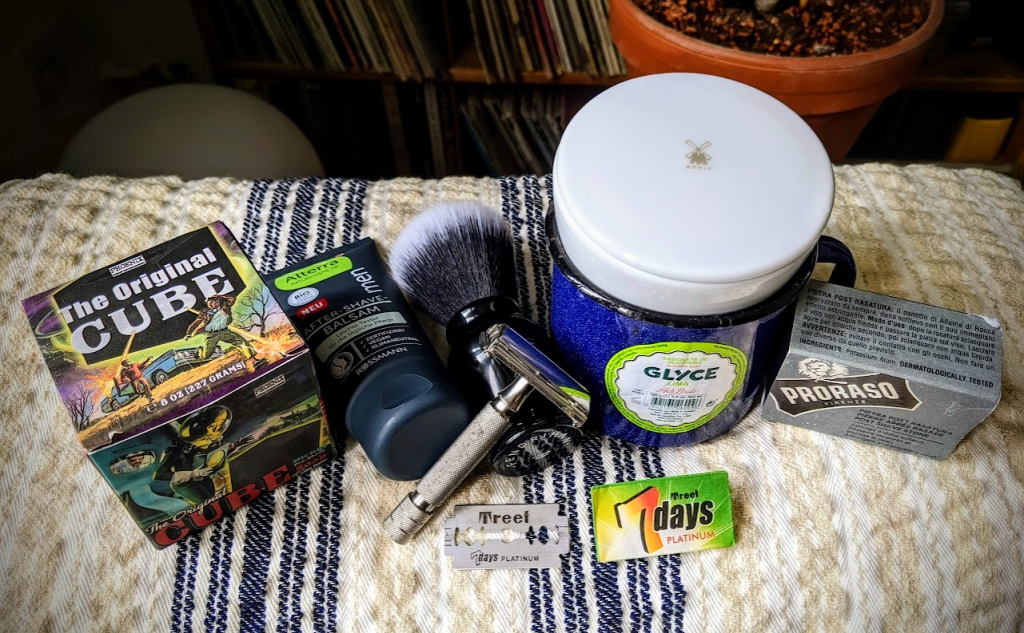
This was more like it – great shave from start to finish, very enjoyable, but in fact the redness and mild skin damage from my last (3 days ago) was still there and was somehow exacerbated, even though this shave felt wonderfully smooth – once again, a stellar shaver that gets along famously with this blade. And the redness and irritation abated quickly.
So, we’ve got Herbie and Ray, let’s bring in a few more honorable mentions. I know a lot of the artists I’ve highlighted here are from earlier eras (even if some are still alive and kicking) – and that’s as it should be, given the extraordinary explosion of creative and cultural energy that marked jazz’s first half-century or so… but there are current artists who merit mention here as well. I’ve covered a couple already, and I’ll add a few more now!
Widely regarded as one of the most innovative and influential keyboardists of his generation (and a personal favorite), Cory Henry started playing music at the age of two. A multi-instrumentalist, he is also known for his mastery of the Hammond organ and synthesizers, as well as the fascinating hybrid ‘Harpejji’, and for his eclectic blend of R&B, soul, jazz, gospel and funk. A longtime member of the Grammy-winning jazz fusion band Snarky Puppy – check out the extraordinary solo on ‘Lingus’ on YouTube, to see him in action – he has worked with a startling variety of artists including Bruce Springsteen, Kenny Garrett, Michael McDonald, and Dr. Dre.
Another phenomenal young player (well, younger than me anyway!), Robert Glasper blends jazz with hip-hop, R&B, neo soul and fusion. Glasper has released several albums as a leader and with his various groups: The Experiment, the Robert Glasper Trio and R+R=NOW. He has also collaborated with artists like Kendrick Lamar, Herbie Hancock, Erykah Badu, Common and Q-Tip. Highly versatile, he has won five Grammy Awards, from eleven nominations across eight categories, and also composes music for films and TV.
Joey Calderazzo was born in New Rochelle, New York, in 1965. He started playing classical piano at eight and jazz piano at 14 – and performed with saxophonists Frank Foster and Dave Liebman while still in high school. Calderazzo has recorded several albums as a leader and as a co-leader, and is known for his work with Michael Brecker, Branford Marsalis, Jack DeJohnette and Dave Holland.
The youngest artist in this series, Joey Alexander was born in indonesia in 2003. He began teaching himself to play piano by listening to classic jazz albums his father gave him when he was six years old. Four years later, after hearing him play standards on YouTube videos, Wynton Marsalis invited him to play at the Lincoln Center in New York. One critic proclaimed “If the word ‘genius’ still means anything, it applies to this prodigy. He played his own solo variations on ‘Round Midnight’ with a breathtaking precocity and mastery of several decades of piano style”…
Alexander has since released four albums as a leader, and worked with Chris Potter, Kendrick Scott and Larry Grenadier. He has been nominated for four Grammy Awards and has received praise from critics and audiences worldwide – not bad for a not-quite-20-year-old!
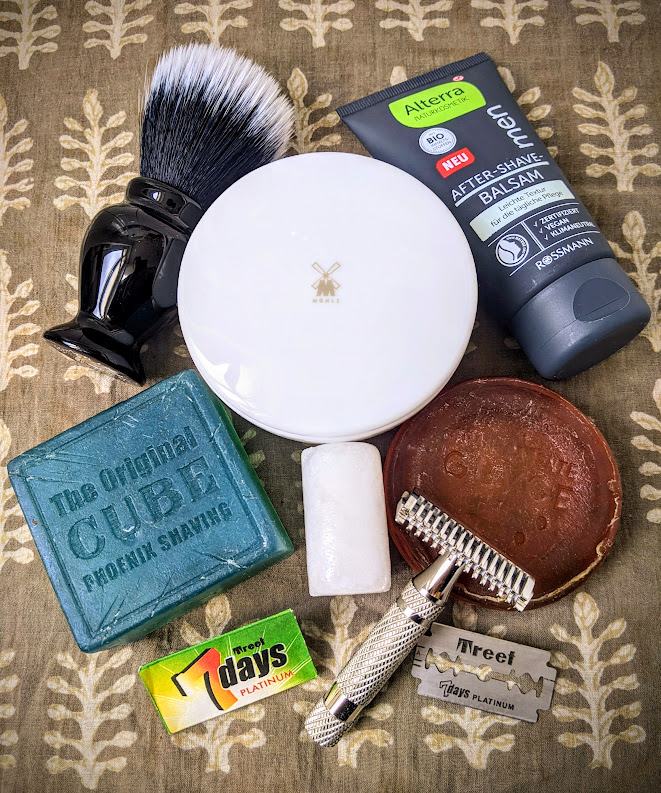
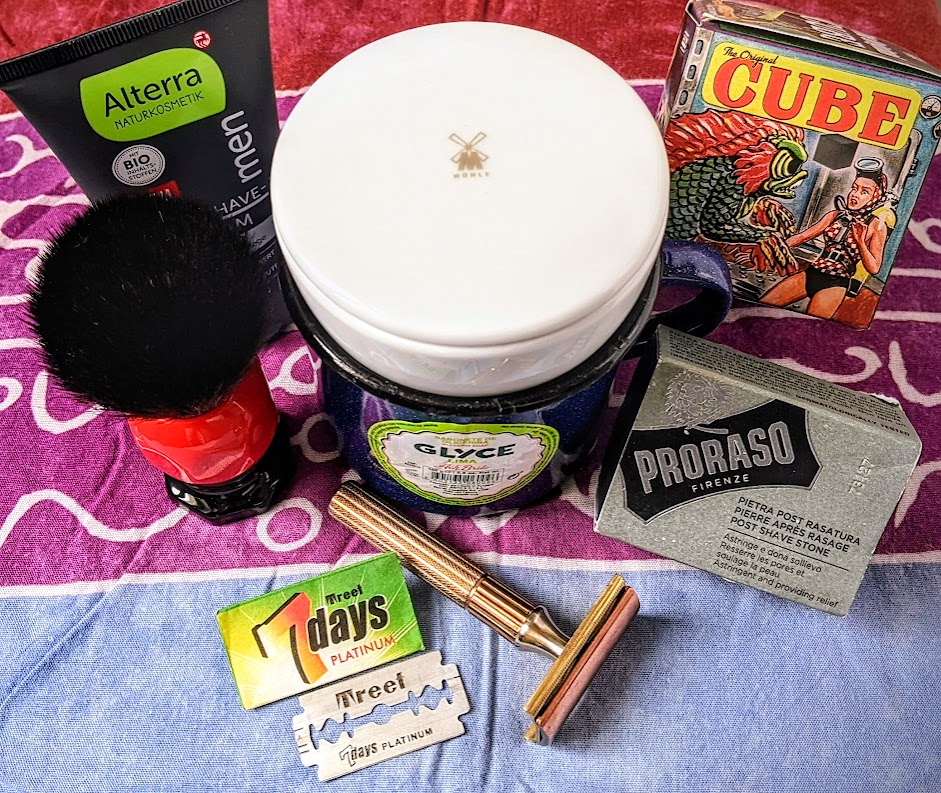
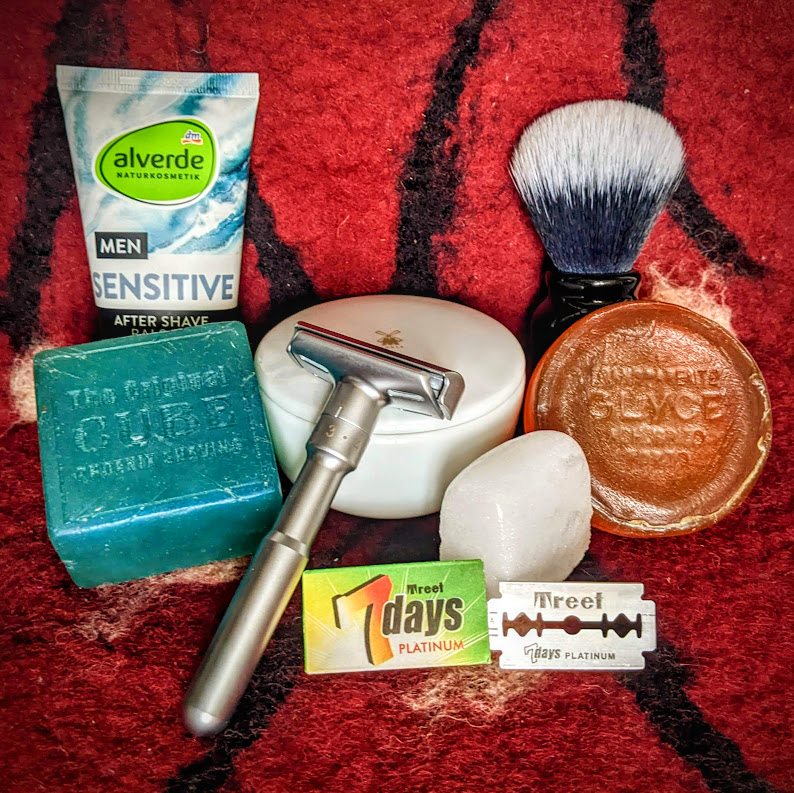

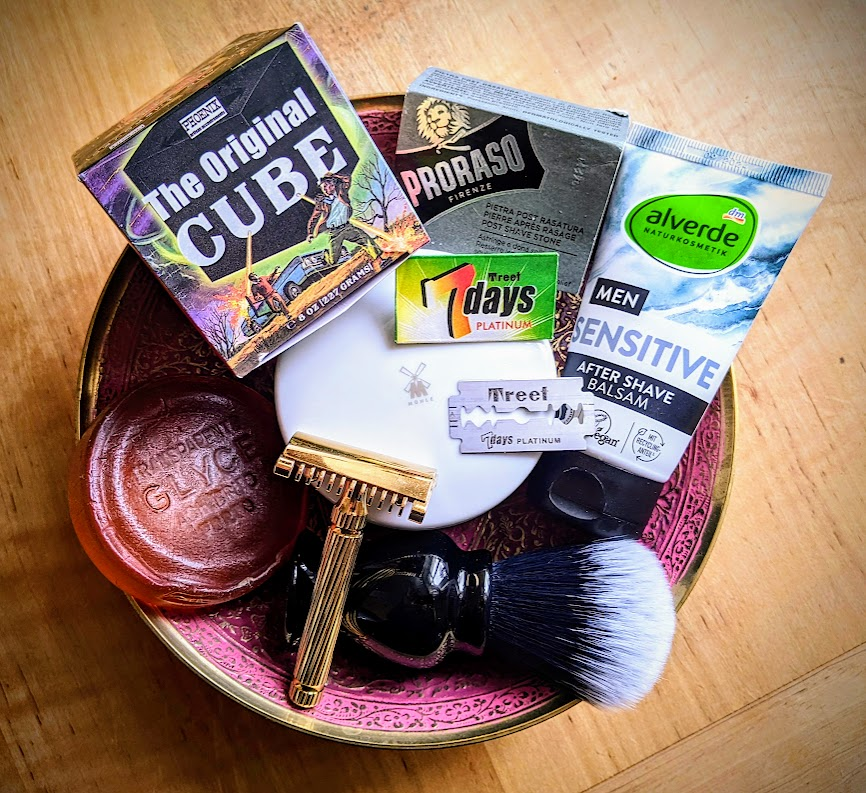

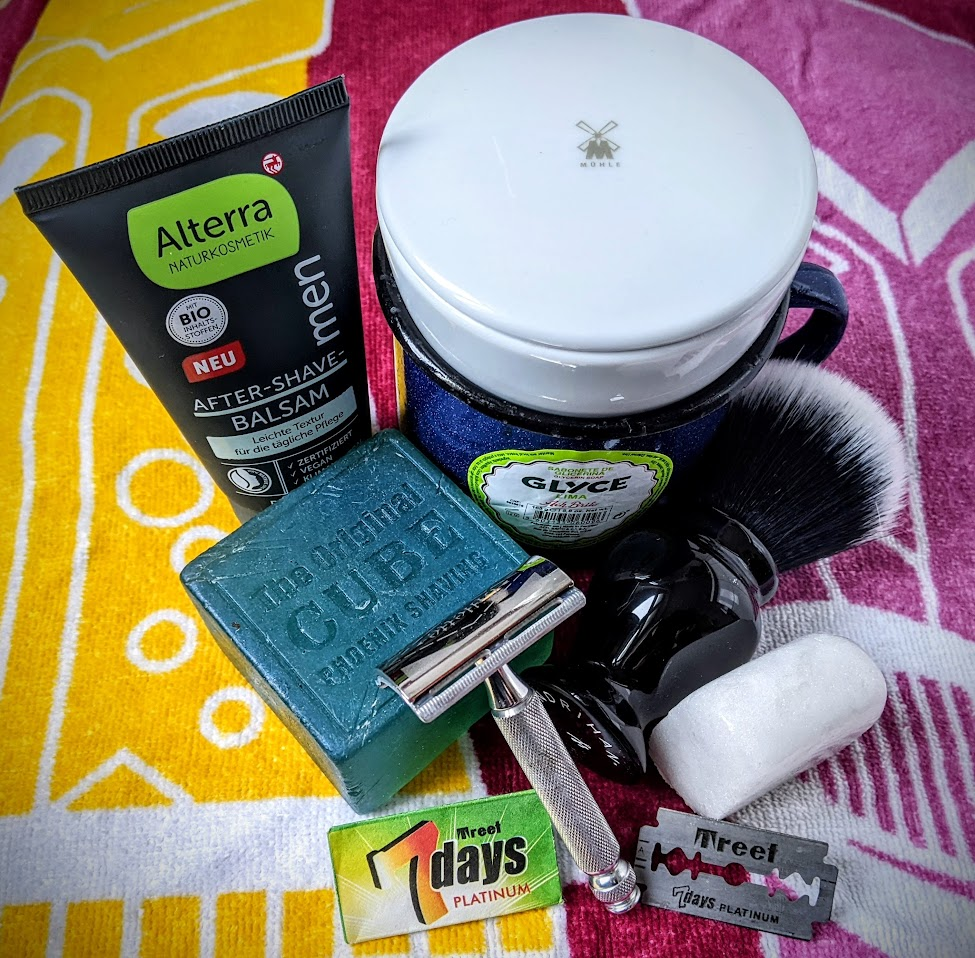
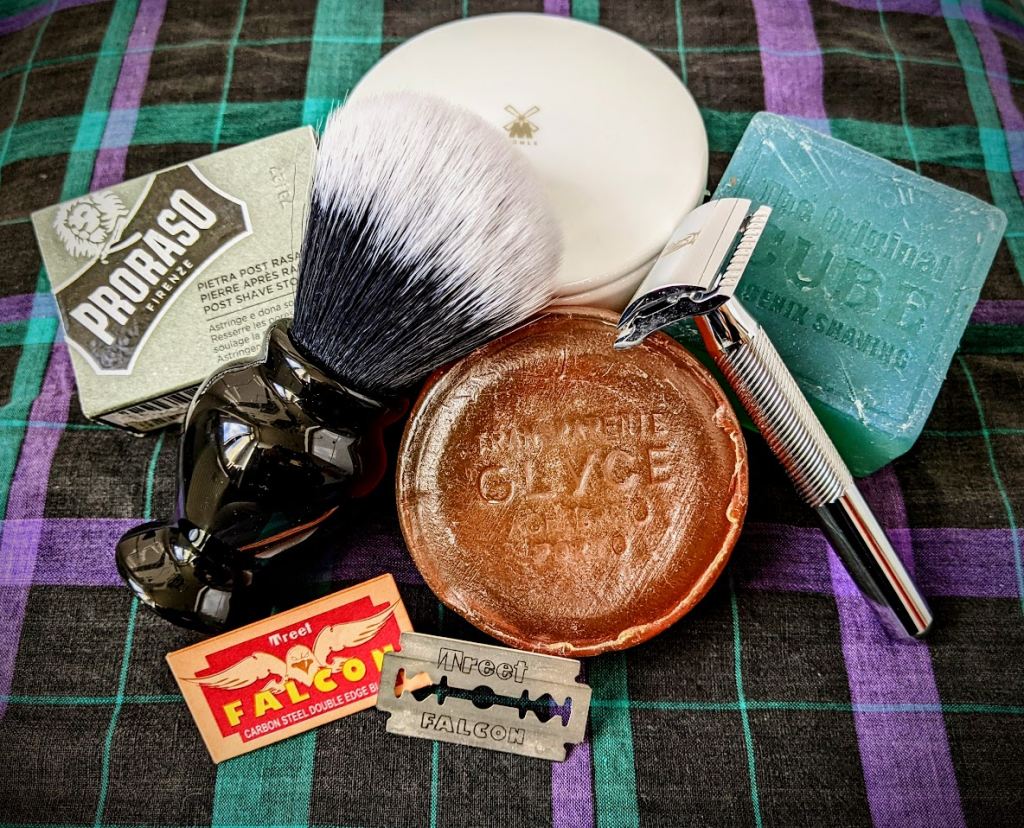
 … but it’s a true story!
… but it’s a true story!



